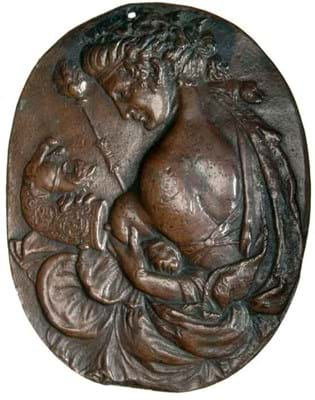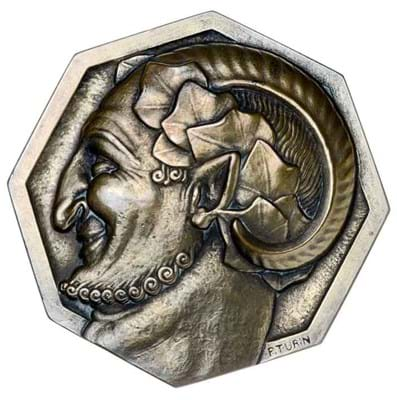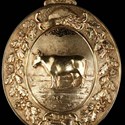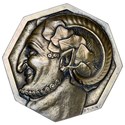These medals have an interest to the local historian in much the same way as do tokens of the 17th and 18th centuries. They are redolent of local history. Also they are very affordable. The 59 lots here realised a total of £11,505 and individual prices ranged between £35 and £800, but most of them were in the £100-250 range - very affordable and, I suspect, will not be so for long.
The £800 (estimate £300-500) was paid for a George IV silver-gilt medal of the Flintshire Agricultural Society for the best heifer in 1820 to a Miss Gifeard of Nerquis (Flintshire). At the other end of the scale, £35 obtained six medals relating to London during the 1970s.
Meanwhile, the last few months in London have been fruitful in the commemorative medal field and cover a very wide variety of interests.
May 9 saw Baldwin's (24% buyer's premium) hold their most extensive sale devoted mainly to medals since their three-volume sale of the Michael Hall collection in 2010.
So wide was the variety, this sale that it is hard to point to any particular theme. The commemorative medal really begins in Italy in the 15th century, being a developed revival of late Roman practice. However, what seems a worthy theme is the medals of the last three or so decades. Many are really attractive and within this context surprisingly affordable.
Take, for instance, the £280 (estimate £200-300) paid for the portrait medal of that colourful character and sculptor Eric Gill (1882-1940) sculpted by John Skelton in 1994. This is but a single example, but Baldwin's catalogue is worth perusing for similar material. It is also worth noting that this medal is listed in Christopher Eimer's standard catalogue of British Medals (£75 and well worth it) at £150. I know Eimer priced his work with a view to the prices being a lasting guide, but it seems that they are already rising.
Staying with modern medals, Dix Noonan Webb (20% buyer's premium) held a 515-lot medal sale on May 30. A group of swimming medals won by Miss Phyllis Harding, including four Olympic examples from Paris (1924) to Berlin (1936), was estimated at £5000-7000. The lot achieved £4300.
The Art Deco octagonal medal by Pierre Turin depicting a lascivious god Pan carried an estimate of £150-200. Deservedly it required a bid of £270 to take it home and anyway it would fit in well in the same collection as the Eric Gill medal. Perhaps it did.
Although it was a general sale, Spink's (20% buyer's premium) June 28 offering included a very rare medal; namely that of the 1651 Scottish Coronation of Charles II. They must have been greatly treasured because they invariably turn up in rather battered condition. This example was no exception and carried an accurate estimate of £1600-2000. It went for £1700. It is listed in this condition at £1900 in Eimer's catalogue.
It has been a good spring and alleged summer, at least for commemorative medals. At Morton & Eden (20% buyer's premium) on July 4, a 16th century oval plaquette of a lascivious Bacchante after Caradosso that had long been exhibited at the Metropolitan Museum, New York, was prudently estimated at £2000-3000. It is first noted in the collection of the dealer A.S. Drey of Munich before 1927. His cousin (David) was well known in the King's Road in the 1960-70s. The medal was noted in a Paul Graupe sale in Berlin in 1936, when it made 400 marks. This time out it made £13,000.












